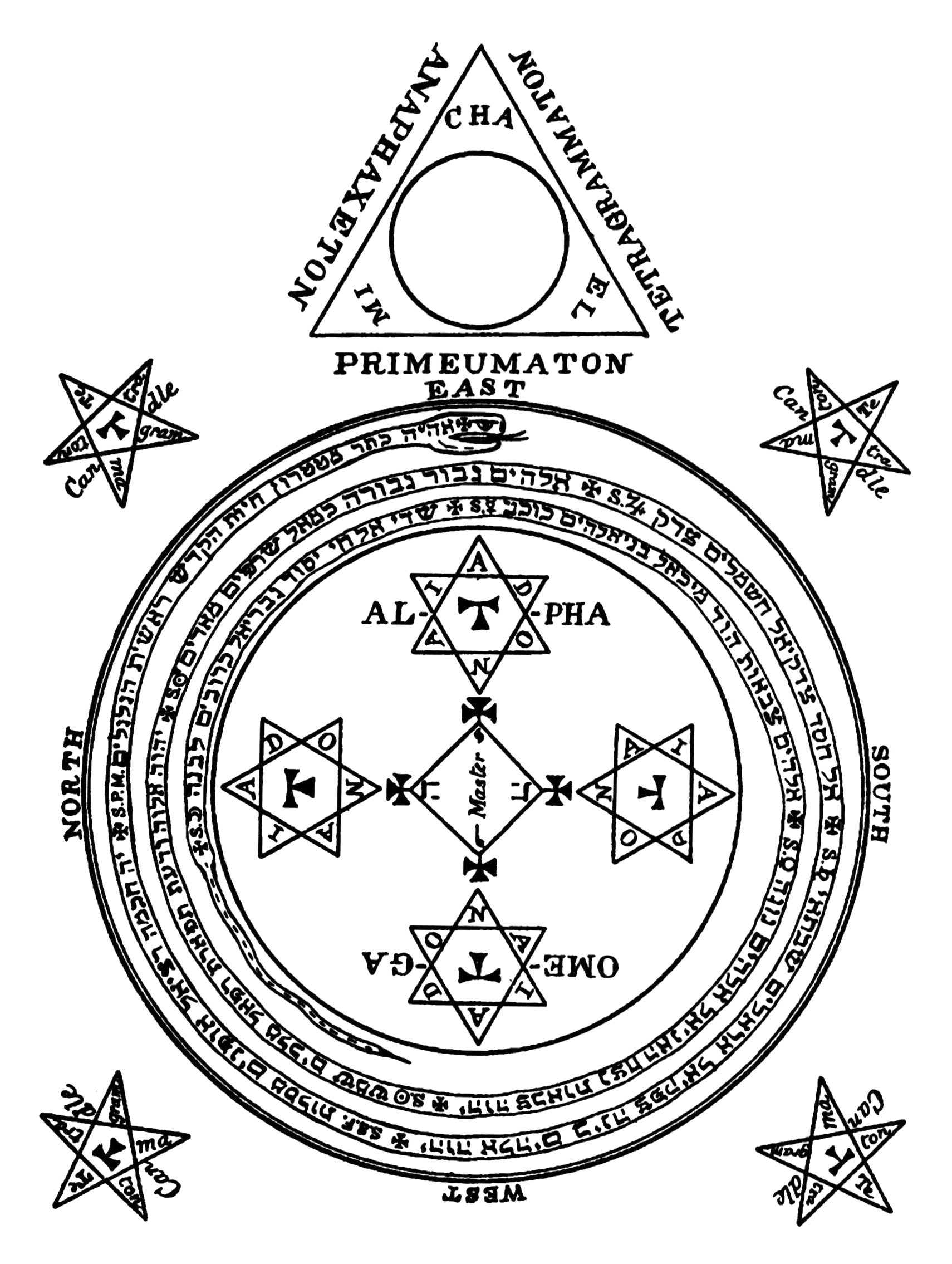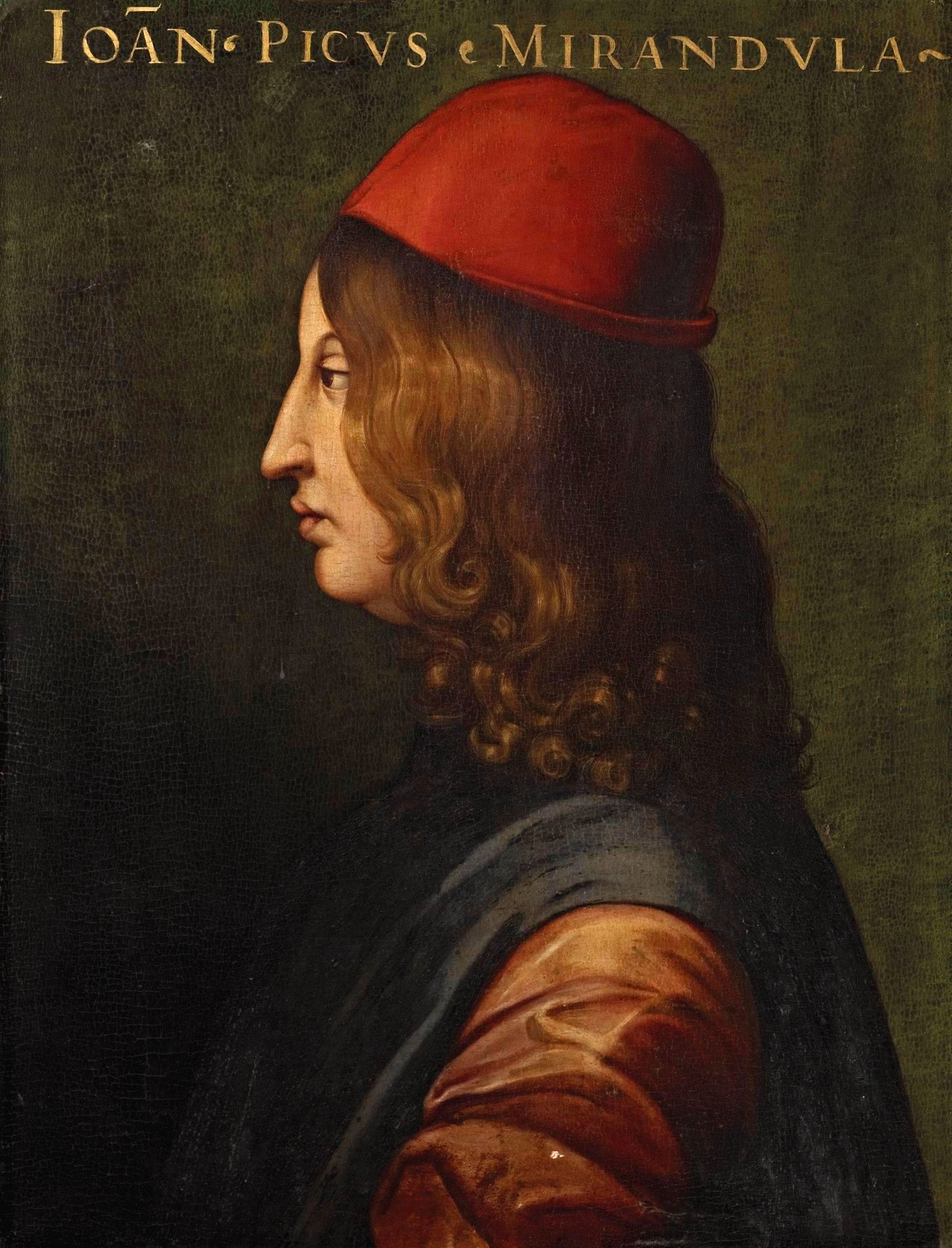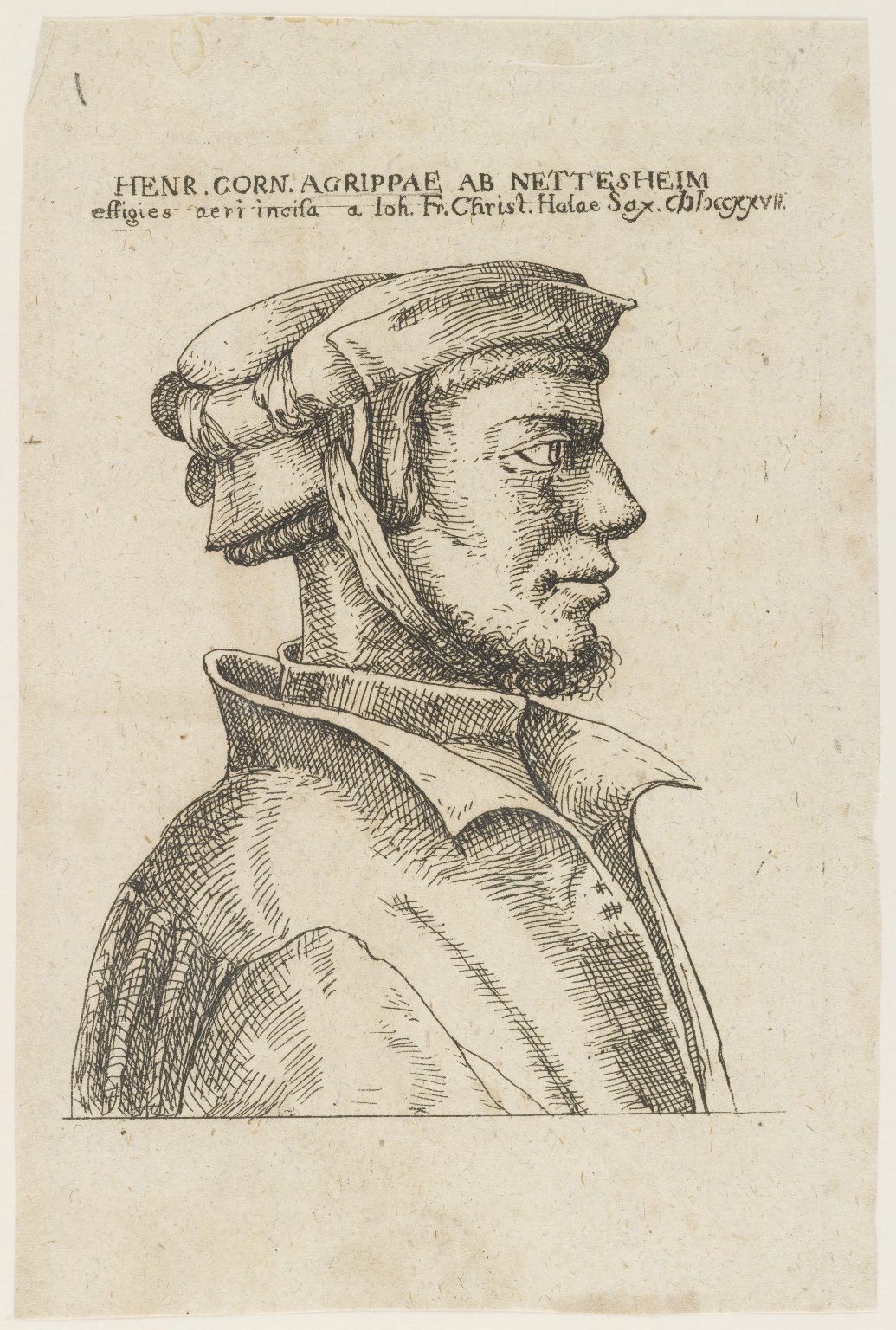|
The Sworn Book Of Honorius
''The Sworn Book of Honorius'' (, also ''Liber sacer'', ''sacratus'' or ''consecratus'') is a medieval grimoire purportedly written by Honorius of Thebes. The Latin word ''juratus'', which is typically translated "sworn", is intended to mean "oathbound". Its name comes from the alleged compiler Honorius of Thebes, son of Euclid. The book is one of the oldest existing medieval grimoires as well as one of the most influential. Historical references Its date of composition is uncertain, but it is possibly mentioned as ''Liber Sacer'' in the 13th century, apparently asserting a date in the High Middle Ages. The first certain historical record is the 1347 trial record of Étienne Pépin from Mende, Gévaudan, in the Kingdoms of France and Navarre. Johannes Hartlieb (1456) mentions it as one of the books used in necromancy. The oldest preserved manuscript dates to the 14th century, Sloane MS 3854 (fol 117-144). Sloane MS 313, dating to the late 14th or early 15th century, was on ... [...More Info...] [...Related Items...] OR: [Wikipedia] [Google] [Baidu] |
Grimoire
A grimoire () (also known as a book of spells, magic book, or a spellbook) is a textbook of magic, typically including instructions on how to create magical objects like talismans and amulets, how to perform magical spells, charms, and divination, and how to summon or invoke supernatural entities such as angels, spirits, deities, and demons. In many cases, the books themselves are believed to be imbued with magical powers. The only contents found in a grimoire would be information on spells, rituals, the preparation of magical tools, and lists of ingredients and their magical correspondences. In this manner, while all ''books on magic'' could be thought of as grimoires, not all ''magical books'' should be thought of as grimoires. While the term ''grimoire'' is originally European—and many Europeans throughout history, particularly ceremonial magicians and cunning folk, have used grimoires—the historian Owen Davies has noted that similar books can be found all around ... [...More Info...] [...Related Items...] OR: [Wikipedia] [Google] [Baidu] |
Ars Notoria
The ''Ars Notoria'' (in English: Notory Art) is a 13th-century Latin grimoire originating in northern Italy. Retroactively classified as a magical textbook, it claims to grant practitioners enhanced mental faculties, communication with angels, and mastery of earthly and celestial knowledge through ritualistic practices. Combining orthodox religious motifs with esoteric elements, the text gained popularity among medieval scholars, clerics, and students for its promise of accelerated learning. The work incorporates the only surviving fragment of the ''Flores Aurei'' (''Golden Flowers''), falsely attributed to the Hellenistic philosopher Apollonius of Tyana, and merges it with the ''Ars Nova'' (''New Art'')—a Latin adaptation of the ''Flores Aurei''—alongside additional material by anonymous scribes. The ''Ars Notoria'' inspired a broader tradition of ritual magic texts, including John of Morigny's ''Liber Florum Caelestis Doctrinae'' (''Book of Flowers of Heavenly Teaching'' ... [...More Info...] [...Related Items...] OR: [Wikipedia] [Google] [Baidu] |
Goetic Grimoires
(, ) is a type of European sorcery, often referred to as witchcraft, that has been transmitted through grimoires—books containing instructions for performing magical practices. The term "goetia" finds its origins in the Greek word "goes", which originally denoted diviners, magicians, healers, and seers. Initially, it held a connotation of low magic, implying fraudulent or deceptive ''mageia'' as opposed to theurgy, which was regarded as divine magic. Grimoires, also known as "books of spells" or "spellbooks", serve as instructional manuals for various magical endeavors. They cover crafting magical objects, casting spells, performing divination, and summoning supernatural entities, such as angels, spirits, deities, and demons. Although the term "grimoire" originates from Europe, similar magical texts have been found in diverse cultures across the world. The history of grimoires can be traced back to ancient Mesopotamia, where magical incantations were inscribed on cuneiform ... [...More Info...] [...Related Items...] OR: [Wikipedia] [Google] [Baidu] |
Renaissance Magic
Renaissance magic was a resurgence in Hermeticism and Neoplatonic varieties of the magical arts which arose along with Renaissance humanism in the 15th and 16th centuries CE. During the Renaissance period, magic and occult practices underwent significant changes that reflected shifts in cultural, intellectual, and religious perspectives. C. S. Lewis, in his work on English literature, highlighted the transformation in how magic was perceived and portrayed. In medieval stories, magic had a fantastical and fairy-like quality, while in the Renaissance, it became more complex and tied to the idea of hidden knowledge that could be explored through books and rituals. This change is evident in the works of authors like Spenser, Marlowe, Chapman, and Shakespeare, who treated magic as a serious and potentially dangerous pursuit. Heinrich Cornelius Agrippa, a scholar, physician, and astrologer, popularized the Hermetic and Cabalistic magic of Marsilio Ficino and Giovanni Pico della ... [...More Info...] [...Related Items...] OR: [Wikipedia] [Google] [Baidu] |
The Grimoire Of Pope Honorius
''The Grimoire of Pope Honorius'', or ''Le Grimoire du Pape Honorius'', is a 17th to 18th century grimoire, which claims to have been written by Pope Honorius III (1150–1227). It is unique among grimoires in that it was specifically designed to be used by a priest, and some of the instructions include saying a Mass. While its name might be derived from the 13th century grimoire ''The Sworn Book of Honorius'', its content is closer to later grimories like the ''Key of Solomon'' and '' Grimorium Verum''. The first edition of the Grimoire is said to have appeared in 1629, and was likely forged near the end of the sixteenth century, roughly four hundred years after the death of its supposed author. According to A. E. Waite, "... is a malicious and somewhat clever imposture, which was undeniably calculated to deceive ignorant persons of its period who may have been magically inclined, more especially ignorant priests, since it pretends to convey the express sanction of the Apostoli ... [...More Info...] [...Related Items...] OR: [Wikipedia] [Google] [Baidu] |
Thebes, Greece
Thebes ( ; , ''Thíva'' ; , ''Thêbai'' .) is a city in Boeotia, Central Greece (administrative region), Central Greece, and is one of the oldest continuously inhabited cities in the world. It is the largest city in Boeotia and a major center for the area along with Livadeia and Tanagra. It played an important role in Greek myths, as the site of the stories of Cadmus, Oedipus, Dionysus, Heracles and others. One myth had the city founded by Agenor, which gave rise to the (now somewhat obscure) name "Agenorids" to denote Thebans. Archaeological excavations in and around Thebes have revealed a Mycenaean Greece, Mycenaean settlement and clay tablets written in the Linear B script, indicating the importance of the site in the Bronze Age. Thebes was the largest city of the ancient region of Boeotia and was the leader of the Boeotian confederacy. It was a major rival of Classical Athens, ancient Athens, and sided with the Achaemenid Empire, Persians during the Second Persian invasi ... [...More Info...] [...Related Items...] OR: [Wikipedia] [Google] [Baidu] |
Johannes Trithemius
Johannes Trithemius (; 1 February 1462 – 13 December 1516), born Johann Heidenberg, was a German Benedictine abbot and a polymath who was active in the German Renaissance as a Lexicography, lexicographer, chronicler, Cryptography, cryptographer, and occultist. He is considered the founder of modern cryptography (a claim shared with Leon Battista Alberti) and steganography, as well as the founder of bibliography and literary studies as branches of knowledge. He had considerable influence on the development of Early modern period, early modern and modern occultism. His students included Heinrich Cornelius Agrippa and Paracelsus. Early life The Epithet, byname ''Trithemius'' refers to his native town of Trittenheim on the Moselle (river), Moselle River, at the time part of the Electorate of Trier. When Johannes was still an infant his father, Johann von Heidenburg, died. His stepfather, whom his mother Elisabeth married seven years later, was hostile to education and thus Johann ... [...More Info...] [...Related Items...] OR: [Wikipedia] [Google] [Baidu] |
Three Books Of Occult Philosophy
''Three Books of Occult Philosophy'' (''De Occulta Philosophia libri III'') is Heinrich Cornelius Agrippa's study of occult philosophy, acknowledged as a significant contribution to the Renaissance philosophical discussion concerning the powers of magic, and its relationship with religion. The first book was printed in 1531 in Paris, Cologne, and Antwerp, while the full three volumes first appeared in Cologne in 1533. The three books deal with elemental, celestial and intellectual magic. The books outline the four elements, astrology, Kabbalah, numerology, angels, names of God, the virtues and relationships with each other as well as methods of utilizing these relationships and laws in medicine, scrying, alchemy, ceremonial magic, origins of what are from the Hebrew, Greek and Chaldean context. These arguments were common amongst other hermetic philosophers at the time and before. In fact, Agrippa's interpretation of magic is similar to the authors Marsilio Ficino Ma ... [...More Info...] [...Related Items...] OR: [Wikipedia] [Google] [Baidu] |
Heinrich Cornelius Agrippa
Heinrich Cornelius Agrippa von Nettesheim (; ; 14 September 1486 – 18 February 1535) was a German Renaissance polymath, physician, legal scholar, soldier, knight, theologian, and occult writer. Agrippa's ''Three Books of Occult Philosophy'' published in 1533 drew heavily upon Kabbalah, Hermeticism, and Neoplatonism. His book was widely influential among esotericists of the early modern period, and was condemned as heretical by the inquisitor of Cologne. Early life and education Agrippa was born in Nettesheim, near Cologne, on 14 September 1486, to a family of middle nobility.. In letters later in life he wrote that members of his family had been in the service of the House of Habsburg, although such claims may have been motivated by a desire to gain the support of potential patrons. On the record of his matriculation at the University of Cologne in 1499, he is listed simply as a citizen of Cologne, and his father's name is recorded as Henricus de Nettesheym. Agrippa studied at t ... [...More Info...] [...Related Items...] OR: [Wikipedia] [Google] [Baidu] |
Theban Alphabet
The Theban alphabet, also known as the witches' alphabet, is a writing system, specifically a substitution cipher of the Latin script, that was used by early modern occultists and is popular in the Wicca movement. Publication history It was first published in Johannes Trithemius's Polygraphia_(book), ''Polygraphia'' (1518) in which it was attributed to Honorius of Thebes "as Pietro d'Abano testifies in his greater fourth book". However, it is not known to be extant in any of the known writings attributed to D'Abano (1250–1316). Trithemius' student Heinrich Cornelius Agrippa (1486–1535) included it in his ''Three Books of Occult Philosophy, De Occulta Philosophia'' (Book III, chap. 29, 1533). It is also not known to be found in any manuscripts of the writings of Honorius of Thebes (e.g. ''Liber Iuratus Honorii'', translated as ''The Sworn Book of Honorius''), with the exception of the composite manuscript found in London, British Library Manuscript Sloane 3853, which however ... [...More Info...] [...Related Items...] OR: [Wikipedia] [Google] [Baidu] |
Magic (paranormal)
Magic, sometimes spelled magick, is the application of beliefs, rituals or actions employed in the belief that they can manipulate natural or supernatural beings and forces. It is a category into which have been placed various beliefs and practices sometimes considered separate from both religion and science. Connotations have varied from positive to negative at times throughout history. Within Western culture, magic has been linked to ideas of the Other, foreignness, and primitivism; indicating that it is "a powerful marker of cultural difference" and likewise, a non-modern phenomenon. During the late nineteenth and early twentieth centuries, Western intellectuals perceived the practice of magic to be a sign of a primitive mentality and also commonly attributed it to marginalised groups of people. Aleister Crowley (1875–1947), a British occultist, defined " magick" as "the Science and Art of causing Change to occur in conformity with Will", adding a 'k' to distinguish c ... [...More Info...] [...Related Items...] OR: [Wikipedia] [Google] [Baidu] |
High Middle Ages
The High Middle Ages, or High Medieval Period, was the periodization, period of European history between and ; it was preceded by the Early Middle Ages and followed by the Late Middle Ages, which ended according to historiographical convention. Key historical trends of the High Middle Ages include the medieval demography, rapidly increasing population of Europe, which brought about great social and political change from the preceding era, and the Renaissance of the 12th century, including the first developments of rural exodus and urbanization. By 1350, the robust population increase had greatly benefited the European economy, which had reached levels that would not be seen again in some areas until the 19th century. That trend faltered in the early 14th century, as the result of numerous events which together comprised the crisis of the late Middle Ages—most notable among them being the Black Death, in addition to various regional wars and economic stagnation. From , Europ ... [...More Info...] [...Related Items...] OR: [Wikipedia] [Google] [Baidu] |










